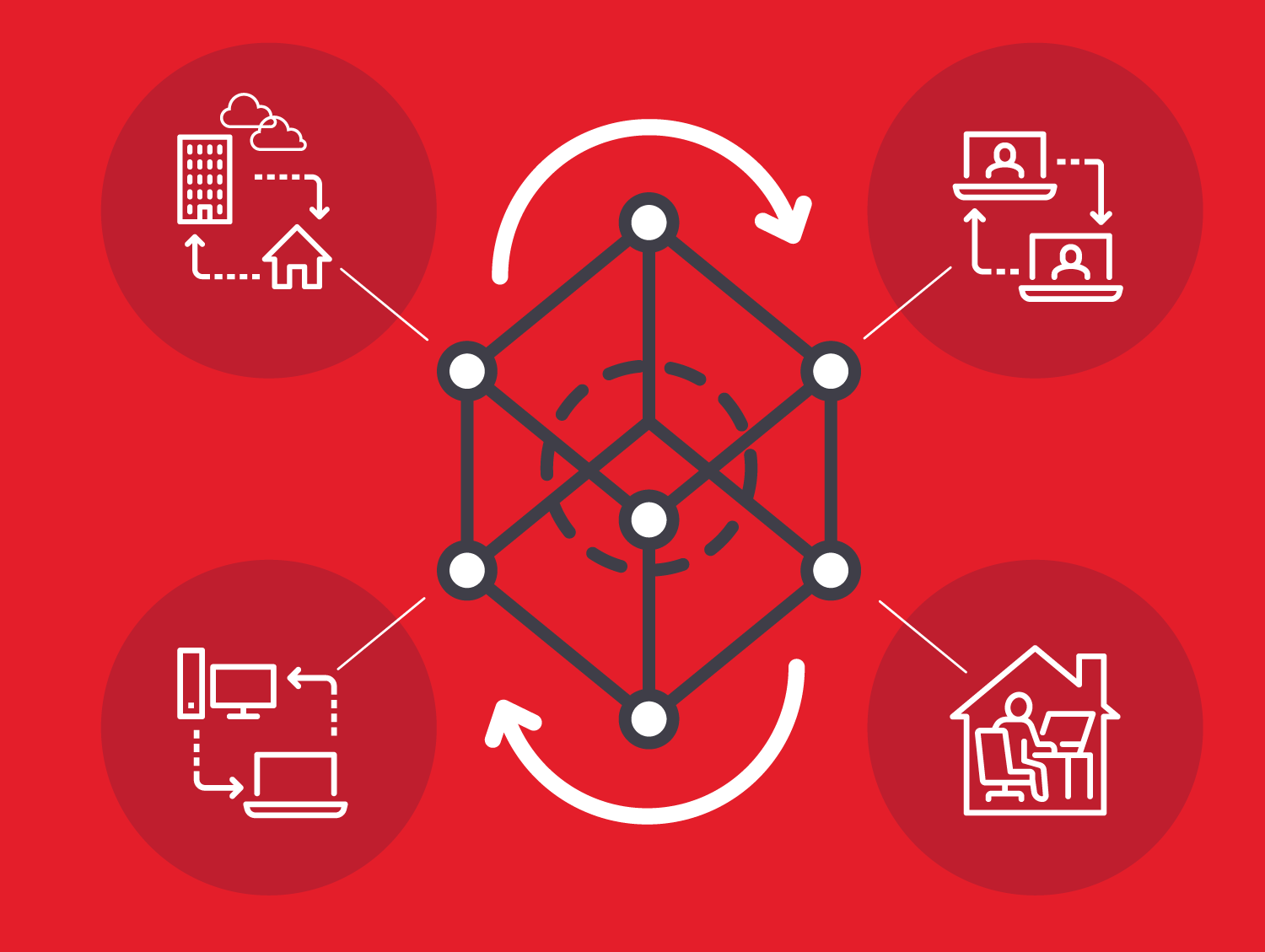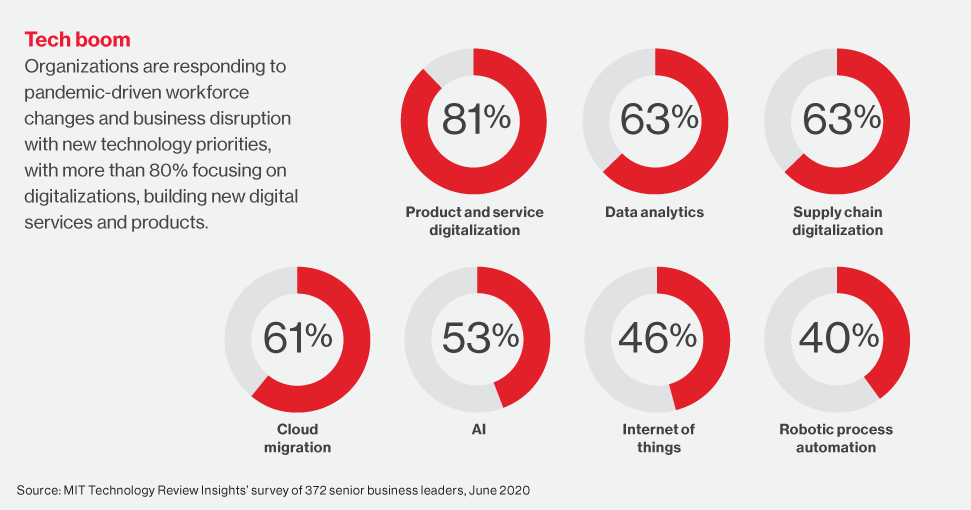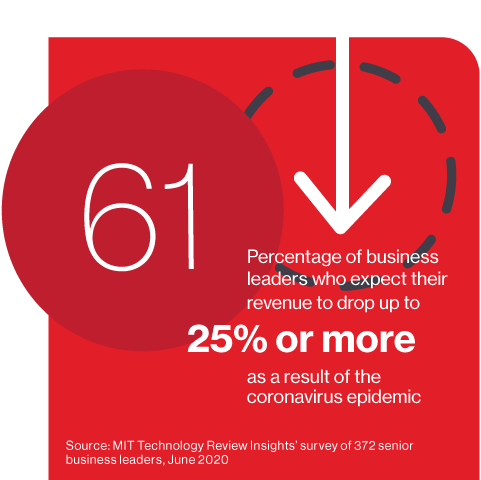Succeed in tough times: Make a digital pivot
When the coronavirus pandemic hit earlier this year, Alonso Yanez, CIO of Walmart's operations in Mexico and Central America, sprang into action, triggering the retailer's crisis management plan and leading its ongoing response.

After quickly upgrading his remote-access infrastructure, Yanez sent all 1,000 of his IT staffers home, where they have been working ever since. That remote IT group has been able to support Walmart's massive operations in the region-nearly 2,400 stores, 42,000 providers and vendors in the supply chain, and 200,000 employees.
This content was produced by Insights, the custom content arm of MIT Technology Review. It was not written by MIT Technology Review's editorial staff.
At the same time, Walmart accelerated its digital transformation efforts, creating an omnichannel buying experience for its customers. Now they can shop online and have products delivered, shop online and pick up at the store, shop at the store and pick up items ordered previously, or any combination thereof.
Everything should be easier, independent of the channel, the situation, the location. That's the intention, and that was the mission three or four years ago," says Yanez. During the pandemic, with lockdowns and physical distancing, everything is speeding up. It's like a time machine. What we wanted three years ago and was part of our five-year mission is now reality."
The result: Walmart stores and clubs-there's one within 10 miles of nearly every home in Mexico-are open for business. Employee and customer safety is a priority. And e-commerce sales have registered triple-digit growth.
Walmart is a prime example of a company that has successfully negotiated a digital pivot." Virtually every company had a pre-existing digital transformation plan in place. In many cases, companies were diligently, but maybe not urgently, implementing their plans; in others, they had prolonged, multi-year programs. But the coronavirus pandemic presents a cataclysmic, once-in-a-lifetime disruption that is forcing companies to confront a new reality and reshuffle their digital transformation activities in order to survive.
 Now in our new normal, so goes business
Now in our new normal, so goes businessWe believe that what's happened in the last four months, based on our conversations with CIOs, CTOs, CISOs, and chief data and digital officers, is that there has been a pivot based on the type of organization that you fall into," says Paul Lewis, global CTO at Hitachi Vantara.
The technology vendor sees three types of organizations dealing with the unprecedented disruption caused by the pandemic. There are thrivers-think Zoom, Netflix, Amazon. These are companies that are seeing an orders-of-magnitude increase in virtually every metric you can imagine-number of customers, number of subscriptions, number of transactions. At the opposite end of the spectrum are the businesses that require the physical presence of customers-theme parks, movie theater, hotels, airlines. They've seen revenue drop off a cliff. Then there are companies in industries like retail, financial services, and manufacturing that have been forced to change business practices and business models on the fly. For example, in financial and insurance, the move to digital signatures and mobile apps. For a small retailer with a store in the mall, switching to e-commerce or finding alternative sales channels.

Generally speaking, the companies that are doing the best job of adapting are those with a high level of digital maturity. The more mature the organization was with modern philosophy, modern design, modern architecture going into covid, the healthier they are moving through it and the healthier they are moving out of it," says Howard Holton, enterprise CTO at Hitachi Vantara.
Companies that pursued digital transformation initiatives on paper"-that is, they got a top-down directive from the CEO, say, to write up a plan-didn't get serious about the actual implementation, says Holton. As a result, they didn't adapt as well as their peers.
The companies that embraced it a companywide initiative were able to transform, to push forward. Your company needs to be designed in a way that allows you to pivot as the market demands," Holton says. That's the most important differentiator and really the most important lesson we should have learned up to this point."
Download the full report.